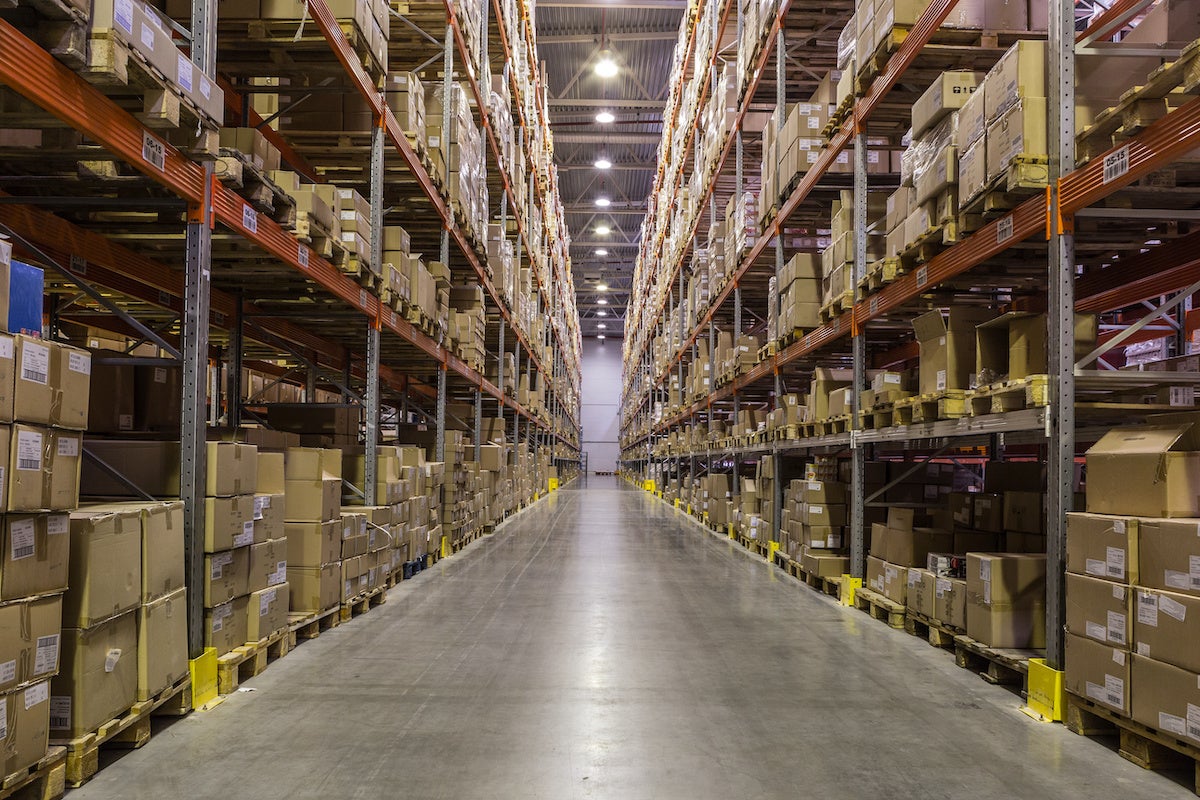Even with all the algorithms, blockchain technologies, supply chain teams and sophisticated computing power, many of the nation’s biggest retailers—including more than a few who sell home furnishings—find themselves in a situation that would have been unthinkable even just a few months ago: They have too much stuff.
The bombshell from Target earlier this week that it had way too much inventory and would be immediately starting a dump-the-stuff fest was only the tip of the pileup. Other big box chains like Walmart also said they were carrying too much inventory, and it stands to reason private companies in the retail world are facing similar problems. (Meanwhile, the vultures of retail inventory—off-pricers like HomeGoods and T.J. Maxx—are having a field day feasting on the excess goods piling up in warehouses everywhere.)
In other words: We’re in the midst of a huge inventory crisis. But despite that, pure play home retailers like Williams-Sonoma and RH both seemed to be dealing with the situation fairly well and continued to see business holding its own by the time the year-end books were tallied. What gives?
The reasons for the 180-degree turnaround in demand are pretty clear. The post-COVID shift in consumer spending from in-the-home to out-of-home purchases is fully in progress. The other main factor is that a year ago there were serious government stimulus programs that pumped extra purchasing powers into the marketplace. Those are over. Combined with inflationary prices on basics like gasoline and food, it’s causing the consumer to be somewhat more frugal about discretionary spending.
None of that was a surprise. What seems to have caught so many retailers off guard is the speed at which this change occurred. It was only a few months ago when most businesses were still concerned with getting goods, not getting rid of them.
The numbers are pretty terrifying if you’re trying to manage a loading dock. Target said it entered the quarter with 43 percent more inventory compared to a year ago, while Walmart wasn’t much better, at 30 percent up versus the same period last year. (Things were even worse in the casual apparel world, where Abercrombie & Fitch said its inventory was up 45 percent and American Eagle Outfitters’s levels jumped 46 percent.)
By contrast, Williams-Sonoma’s most recent quarter showed its inventory level was up about 28 percent over a year ago, but only 12 percent over the previous quarter. RH said its inventory level for its quarter just ended rose only 11 percent over the previous quarter earlier this year. Ethan Allen said its inventories were up 27 percent versus a year ago, while the level at Havertys was up 16 percent. Bed Bath & Beyond, which reports on a different scheduling cycle, said in February that its inventory levels were actually down versus a year ago and was ironically complaining it couldn’t get enough merchandise to meet demand.
Does this mean home retailers are better managers of their inventories than general retailers? Maybe, but it could be just a trick of the calendar. On the furniture and home side, the lag in reporting periods might be playing a factor. Sales of home furnishings remained strong up through at least February or March according to many sources in the industry … before taking a nosedive. Home retailers will likely have higher inventory numbers when they next report—Bed Bath & Beyond’s quarterly call in a few weeks could serve as a bellwether for the rest of the home business.
But for the time being, we can draw several conclusions. First, retailers like Williams-Sonoma, RH and Ethan Allen that essentially sell their own brands appear to have more control over their supply chain than retailers who source more of their product from third parties. It’s not a hard and fast rule—Target is a largely private label and gets much of its merchandise through its own Target Store Services arm—but it does seem to be a factor.
Second, many retailers in the home space work on a special-order basis rather than stocking vast amounts of goods in anticipation of sales. Building to order tripped up a lot of retailers during the pandemic boom, but it may now be saving them from overloaded warehouses.
Finally, parts of the home business may not be quite as bad off as some see it. Sure, retailers are canceling orders and consumers have clearly turned their attention to spending on travel, vacations and entertainment. That may mean the big-ticket major appliance and furniture purchases are in decline. But when you see both Home Depot and Lowe’s continue to be optimistic about spending on home remodeling and DIY projects, it could mean some categories such as decor accessories, floor coverings and lighting aren’t going to get hit nearly as badly.
The twists and turns of the pandemic era—and let’s hope we’re now well and truly in the post-pandemic period—seem to show no end. Retailers in the home space need to stay on their toes … and keep their forklifts handy just in case.
Homepage photo: ©a_medvedkov/Adobe Stock
____________
Warren Shoulberg is the former editor in chief for several leading B2B publications. He has been a guest lecturer at the Columbia University Graduate School of Business; received honors from the International Furnishings and Design Association and the Fashion Institute of Technology; and been cited by The Wall Street Journal, The New York Times, The Washington Post, CNN and other media as a leading industry expert. His Retail Watch columns offer deep industry insights on major markets and product categories.





























